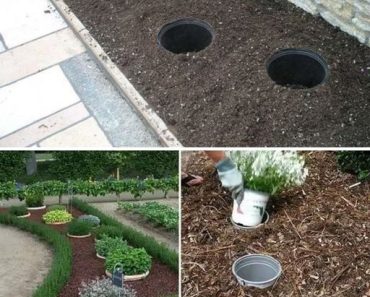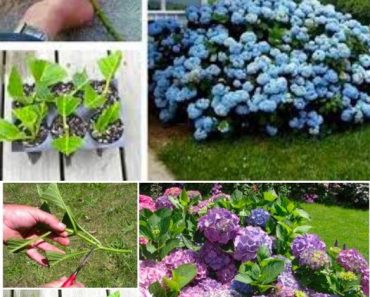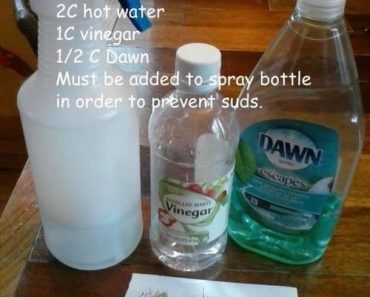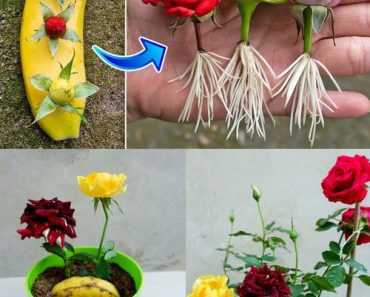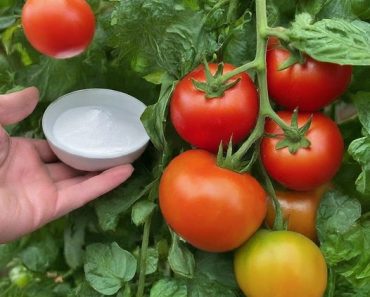
12 Easy Homemade Fertilizers for Thriving Plants
Gardening is a beautiful and rewarding journey, connecting us with nature and bringing tranquility into our lives. As a gardener, you understand the importance of nourishing your plants to help them grow robust and healthy. Here, we delve into 12 easy-to-find homemade fertilizers that can enrich your plants, using ingredients readily available at home. Let’s explore these natural boosters and how they can enhance your gardening experience.
Ingredients Overview
- Banana Peels: Rich in potassium, essential for plant health and growth.
- Coffee Grounds: Ideal for acid-loving plants, providing nitrogen.
- Eggshells: Packed with calcium, crucial for cell growth and strength.
- Epsom Salt: A great source of magnesium, promoting chlorophyll production.
- Molasses: Provides nutrients and feeds beneficial microbes.
- Aquarium Water: Contains essential nutrients and beneficial bacteria.
- Wood Ash: Adds potassium and calcium, balancing soil pH.
- Gelatin: Rich in nitrogen, promoting leafy growth.
- Milk: Supplies calcium and proteins, aiding in overall plant health.
- Seaweed: Full of minerals and growth hormones, enhancing nutrient uptake.
- Vegetable Scraps: Creates a nutrient-rich broth for comprehensive nourishment.
- Weed Tea: Steeped weeds make a powerful, nutrient-dense fertilizer.
Step-by-Step Instructions
- Banana Peels:
- Method 1: Burying: Chop the peels and bury them around the base of your plants.
- Method 2: Soaking: Soak banana peels in water for 48 hours, then use the water to irrigate your plants.
- Coffee Grounds:
- Collect used coffee grounds and sprinkle them around the base of acid-loving plants like roses, azaleas, and blueberries. Ensure they are dry to prevent mold.
- Eggshells:
- Rinse and dry eggshells, then crush them into a fine powder. Sprinkle the powder around your plants or mix it into the soil to provide a calcium boost.
- Epsom Salt:
- Dissolve 1 tablespoon of Epsom salt in a gallon of water. Use this solution to water your plants once a month, enhancing magnesium levels.
- Molasses:
- Dilute 1-2 tablespoons of molasses in a gallon of water. Use this mixture to water your plants, feeding the beneficial microbes in the soil.
- Aquarium Water:
- Use old, untreated aquarium water to water your plants. It’s full of nutrients and beneficial bacteria that promote healthy growth.
- Wood Ash:
- After a wood fire, collect the cooled ashes and sprinkle them lightly around your garden to add potassium and calcium to the soil.
- Gelatin:
- Dissolve a packet of unflavored gelatin in water and use it to water your plants. The nitrogen in gelatin promotes vigorous leaf growth.
- Milk:
- Mix milk with water in a 1:2 ratio and water your plants with this mixture to provide them with calcium and proteins.
- Seaweed:
- Rinse seaweed to remove salt, chop it up, and add it to your compost or directly to the soil for a mineral boost.
- Vegetable Scraps:
- Boil vegetable scraps in water, strain the mixture, and use the nutrient-rich broth to water your plants.
- Weed Tea:
- Steep unwanted weeds in a bucket of water for a few weeks. Strain and dilute the resulting tea, then use it as a powerful liquid fertilizer.
Valuable Tips for a Seamless Gardening Experience
- Consistency is Key: Regular feeding with these homemade fertilizers ensures your plants receive a steady supply of nutrients.
- Balance is Crucial: Avoid over-fertilizing, as too much of any nutrient can harm your plants. Follow recommended quantities.
- Compost Integration: Combine these methods with composting to create a rich, balanced soil ecosystem.
- Observe and Adjust: Monitor your plants’ responses to different fertilizers and adjust accordingly.
Frequently Asked Questions (FAQs)
Q1: How often should I use homemade fertilizers?
- A1: It depends on the fertilizer and the plant’s needs. Typically, once a month is sufficient, but observe your plants and adjust as needed.
Q2: Can I combine different homemade fertilizers?
- A2: Yes, you can combine them, but be cautious of the quantities to avoid over-fertilizing. For example, you can use coffee grounds and eggshells together but in moderate amounts.
Q3: Are there any plants that shouldn’t receive certain homemade fertilizers?
- A3: Yes, some plants are sensitive to specific nutrients. For instance, avoid using coffee grounds on plants that prefer neutral to alkaline soil, like lavender.
Q4: How do I know if my plant is over-fertilized?
- A4: Signs of over-fertilization include yellowing leaves, leaf burn, and stunted growth. If you notice these symptoms, reduce the frequency and quantity of fertilizer.
Q5: Is there a risk of attracting pests with these homemade fertilizers?
- A5: Generally, no. However, ensure ingredients like banana peels and vegetable scraps are well-integrated into the soil to avoid attracting pests.
By incorporating these homemade fertilizers into your gardening routine, you can ensure your plants receive the nutrients they need in a natural and sustainable way. Happy gardening!
